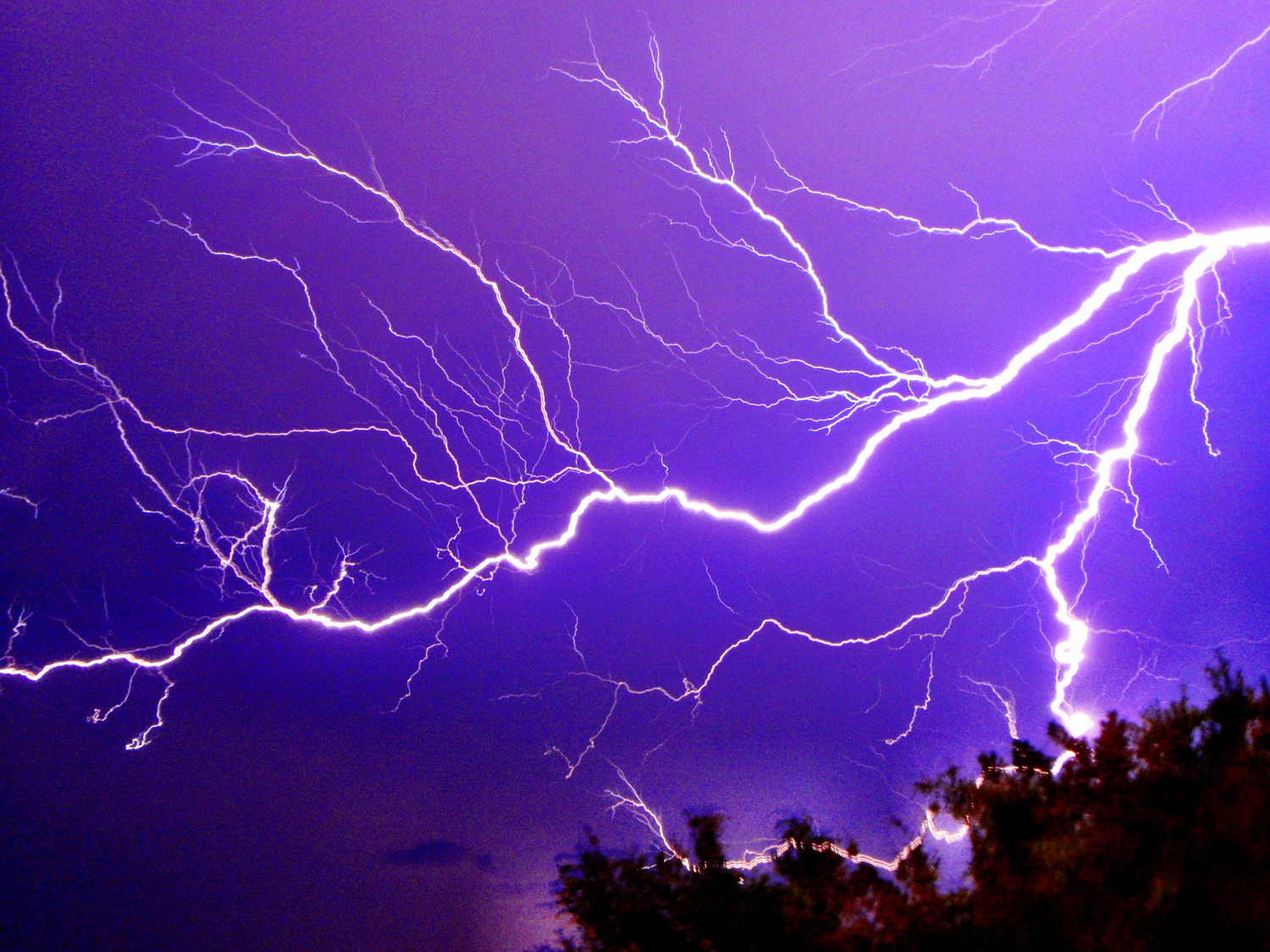Today is a significant day in the history of the Internet. On 6 August 1991, exactly twenty years ago, the World Wide Web became publicly available. Its creator, the now internationally known Tim Berners-Lee, posted a short summary of the project on the alt.hypertext USENET newsgroup and gave birth to a new technology which would fundamentally change the world as we knew it.
The thing that is most extraordinary about the internet is the way it enables permissionless innovation. This stems from two epoch-making design decisions made by its creators in the early 1970s: that there would be no central ownership or control; and that the network would not be optimised for any particular application: all it would do is take in data-packets from an application at one end, and do its best to deliver those packets to their destination – much like USENET has been and currently is.
In 1990, working on a computer built by NeXT, the firm Steve Jobs launched after being pushed out of Apple in the mid-80s, Berners-Lee developed the first Web browser software called, fittingly, WorldWideWeb. By the end of that year he had a working prototype of the Web running on a server at CERN.
The web we use today is quite different from the one that appeared 25 years ago. In fact it has been evolving at a furious pace. You can think of this evolution in geological “eras”. Web 1.0 was the read-only, static web that existed until the late 1990s. Web 2.0 is the web of blogging, Web services, mapping, mashups and so on – the web that American commentator David Weinberger describes as “small pieces, loosely joined”. The outlines of web 3.0 are only just beginning to appear as web applications that can “understand” the content of web pages (the so-called “semantic web”), the web of data (applications that can read, analyse and mine the torrent of data that’s now routinely published on websites), and so on. And after that there will be web 4.0 and so on ad infinitum.
The web is huge – nobody knows how big it is, but what we do know is that the part of it that is reached and indexed by search engines is just the surface. Most of the web is buried deep down – in dynamically generated web pages, pages that are not linked to by other pages and sites that require logins – which are not reached by these engines. Most experts think that this deep (hidden) web is several orders of magnitude larger than the 2.3 billion pages that we can see.



